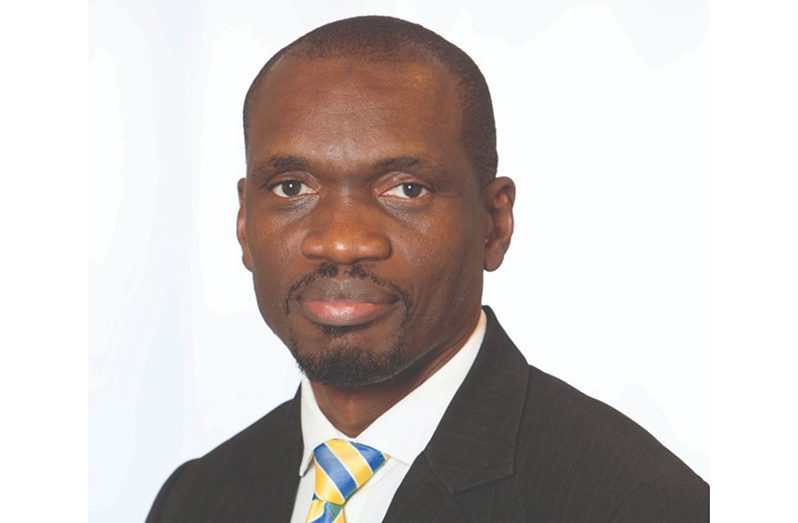Our Built Environment: Road infrastructure
TODAY’S article is about the development of our road network; however, I wish to digress briefly to quickly address the issue regarding the Ali-Maduro pact.
A lot has happened this past week in these 83,000 square miles. Of greatest significance, perhaps, is the Argyle pact. I read several opinions criticising the fact that the President of Guyana, Dr Ali, met with Maduro of Venezuela. I think some commentators are opposing for the sake of opposing, whether or not it’s sound reasoning. There seems to be a political high that comes from anti-government utterances. These people do not understand diplomacy and should stay off the Kunga Pump.
In fact, this line of argument is not worthy of rebuttal, so I will truncate here by asking, what is the alternative? It is good to see that the Leader of the Opposition came out in support of the pact. I do not know what went on with respect to selection of the delegation to St. Vincent, but I believe it would have been a telling statement to Maduro and the world if the Opposition Leader was a member of the delegation.
As the year rolls to an end, I wish to reflect on a handful of the road infrastructure projects that were rolled out this year, that are gamechangers for accessibility and ease of travel. Speaking of which, a really nice stretch of road linking Diamond with Georgetown (via Eccles) and Ogle, was commissioned this week. This network of roads also links lots of small communities including Mocha and Providence. The route is scenic and the designs of the roundabouts are impressive and nicely adorned with bronze statues of some admired wild animals. Since we are on the subject of roundabout statues, I think the designers should consider replacing the current eagle at the South Ruimveldt roundabout with one made of bronze; they are more visually appealing, impressive and majestic.
There are numerous other roads in progress, notably a network of roads in Region Three, the road to Brazil, a road linking North/South Ruimveldt to Cummings Lodge and so many others. I am particularly excited about the Demerara River Bridge and the bridge across the Corentyne River into Suriname that will take shape soon.
I know there are lots of other roadways in progress around the country. Even though I have a long wish list for road infrastructure, I will mention just three.
One: widen Hadfield Street (in that vicinity) and make roads around Durban Park into a roundabout. Two: Make a flyover at the junction of Sheriff Street and the Rupert Craig Highway, so that there is a continuous flow of traffic. Three: The construction of a road from Parika to Goshen with a modern passenger gateway port and docking facility on either side of the river at Goshen and Bartica. While we build these ports, we must telegraph the placement of a future bridge across the Essequibo in that area. Endless frontiers will be opened up for agriculture, housing, business and much more.
While we look forward to sound infrastructural projects, I wish to drop a word of advice to the designers. For every project take future expansion into consideration. For example, build ducts and conduits into the road junctions and at strategic points along the way; we may need to add traffic lights, speed cameras and all manner of gadgets. The conveniences would have already been created, so we could add these accessories seamlessly or we go strictly wireless.
Since we are touching on road networks, can we have some order and aesthetics when it comes to planting of utility poles? Do you notice how ugly and unattractive the roadways look when there are poles lining both sides of the road like picket fencing and in some cases three poles in one hole (no pun intended). We have to review the respective rules for GTT, GPL and other utility companies when it comes to planting poles and stringing wires.
Then there is the national scourge of having derelict vehicles and dilapidated stalls lining our roadways. This is a sensitive subject and a national consultative approach is needed to deal with this particular issue. We need to click into the modern world of development we have to confront these issues fearlessly, but sensibly.
In closing, I would really like to see government generate a bit more excitement around our future road networks. Interactive animated designs should be created of every future project so that young people can take virtual tours of infrastructure. This requires detailed planning and big dreams. How about a separate ministry of infrastructural planning and urban development?




.jpg)










